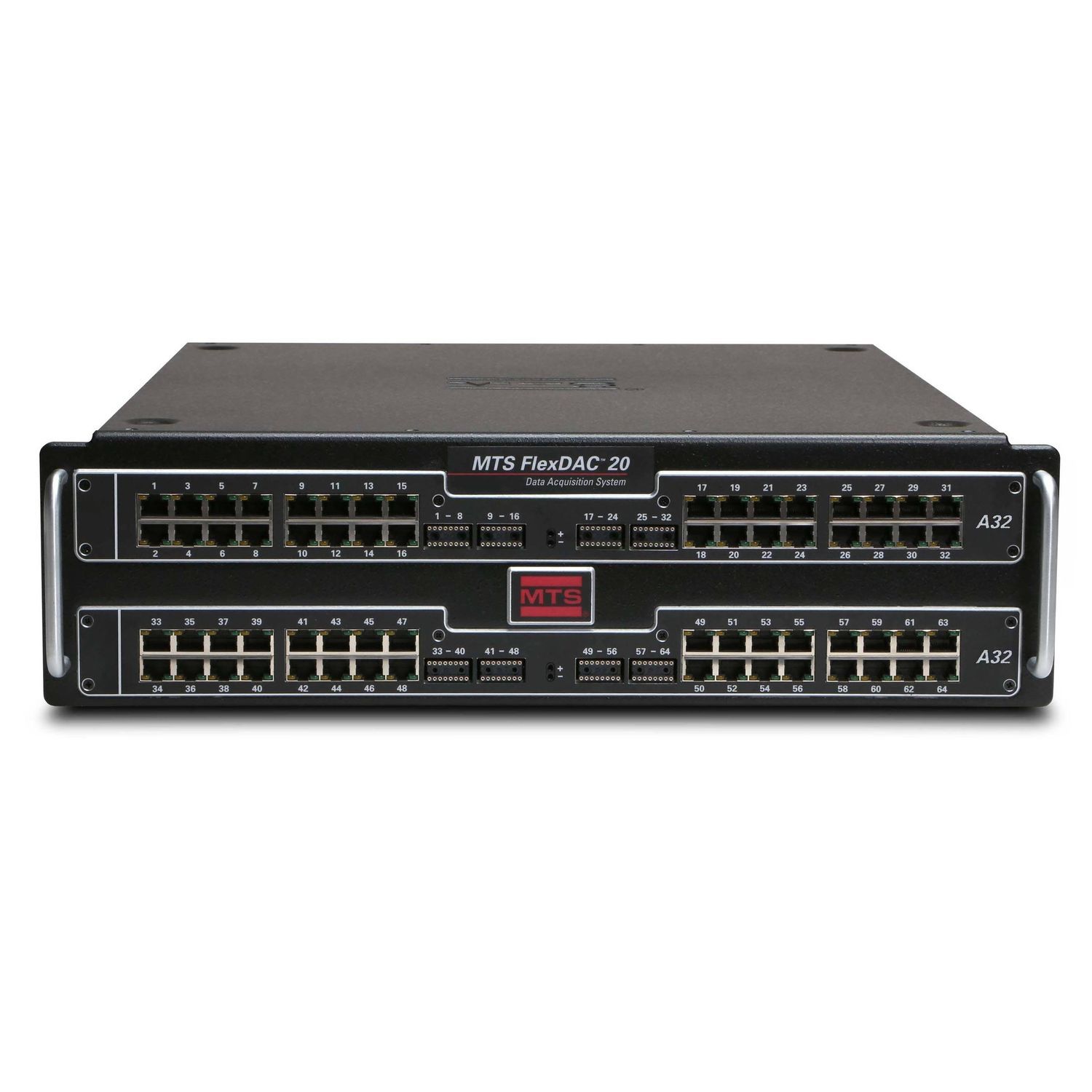Unleashing Insights: The Power of Modern Data Acquisition Systems
Unleashing Insights: The Power of Modern Data Acquisition Systems
Blog Article

In today's data-driven world, the importance of effective data acquisition systems cannot be overstated. These systems serve as the backbone for collecting and analyzing critical information across various industries, from manufacturing and healthcare to environmental monitoring and research. As organizations strive to harness the vast amount of data generated every day, modern data acquisition systems offer innovative solutions to streamline the process, ensuring that valuable insights are captured with accuracy and efficiency.
The evolution of technology has transformed traditional data acquisition into a sophisticated practice that combines hardware and software capabilities. This transformation not only enhances the speed and quality of data collection but also enables real-time analysis and decision-making. By leveraging powerful sensors, advanced communication protocols, and robust software platforms, modern data acquisition systems empower businesses to make informed decisions, optimize operations, and ultimately drive growth in an increasingly competitive landscape.
Understanding Data Acquisition Systems
Data Acquisition Systems, or DAS, are crucial tools in various industries, enabling the collection and measurement of data from diverse sources. These systems convert real-world signals from sensors into digital data that can be analyzed, processed, and stored. Whether in research laboratories, manufacturing environments, or field studies, DAS provide the foundation for understanding complex systems by capturing important metrics in real time.
The components of a Data Acquisition System typically include sensors, signal conditioning equipment, data converters, and a processing unit. Sensors are responsible for detecting physical phenomena such as temperature, pressure, or humidity. Once the signals are captured, they often require conditioning to enhance their quality, which may involve amplification, filtering, or noise reduction. The conditioned signals are then converted from analog to digital form, allowing for easier manipulation and analysis within computer systems.
With advancements in technology, modern Data Acquisition Systems offer increased versatility and speed. They can handle multiple channels simultaneously, integrate with various data management software, and support wireless data transmission, making them adaptable to various applications. As organizations seek to harness the power of data for decision-making and innovation, the role of DAS continues to expand, bridging the gap between the physical and digital worlds.
Technologies Driving Modern Data Acquisition
The landscape of data acquisition systems has evolved significantly with the advent of cutting-edge technologies. One of the foremost contributors to this evolution is the integration of Internet of Things (IoT) devices. These devices enable real-time data collection and transmission, allowing for continuous monitoring of environments and processes. With sensors embedded in machinery, infrastructures, and even natural environments, organizations can harness vast amounts of data that were previously inaccessible. This connectivity not only improves the accuracy of data acquisition but also enhances decision-making processes by providing timely insights.
Data Acquisition System
Another critical advancement is the development of advanced data analytics and machine learning algorithms. These technologies empower data acquisition systems to process and interpret data more efficiently. By utilizing predictive modeling and statistical analysis, organizations can identify patterns and trends that inform strategic decisions. Machine learning algorithms can adapt to new incoming data, making the systems smarter over time. This capability ensures that insights derived from the data are not only relevant but also actionable, enabling organizations to optimize workflows and improve overall performance.
Cloud computing has also transformed data acquisition systems by facilitating the storage and retrieval of large datasets. With scalable cloud platforms, organizations can securely manage and analyze vast amounts of data without the limitations of traditional storage methods. The ability to access data from anywhere enhances collaboration and expedites data-driven decision-making. Additionally, cloud-based solutions often come equipped with powerful analytics tools, providing organizations with the ability to derive insights quickly and efficiently, thus maximizing the value of their data acquisition efforts.
Applications and Benefits of Data Acquisition Systems
Data Acquisition Systems find extensive applications across various industries, including manufacturing, environmental monitoring, healthcare, and research. In manufacturing, they are utilized to monitor production processes, track equipment performance, and ensure quality control. This real-time data collection helps in optimizing operations, reducing downtime, and improving overall efficiency. Environmental monitoring systems rely on data acquisition to collect information on air and water quality, allowing for timely responses to pollution and ensuring compliance with regulations.
In the healthcare sector, Data Acquisition Systems play a crucial role in patient monitoring and clinical research. These systems gather data from medical devices, providing healthcare professionals with vital information to make informed decisions about patient care. By integrating data from multiple sources, such as vital signs and laboratory results, these systems enhance diagnostics and treatment protocols. Additionally, researchers leverage data acquisition for experimental studies, capturing data that contributes to groundbreaking discoveries and innovations in medical science.
The benefits of implementing Data Acquisition Systems extend beyond operational efficiencies. They enable better decision-making through enhanced data visualization and analysis, facilitating trend identification and predictive insights. By automating data collection and reducing manual errors, organizations can improve data accuracy and reliability. Furthermore, the insights generated from these systems often lead to cost savings, improved safety, and a more sustainable approach to resource management, making them invaluable tools across multiple sectors.
Report this page